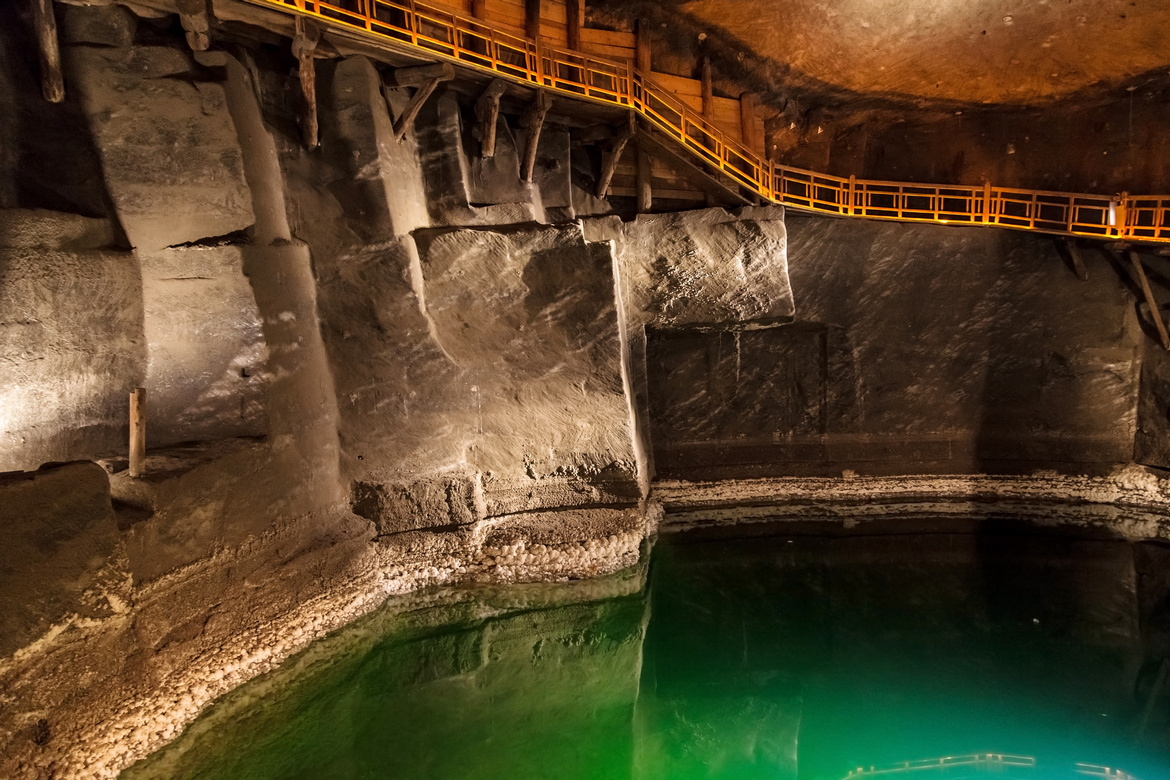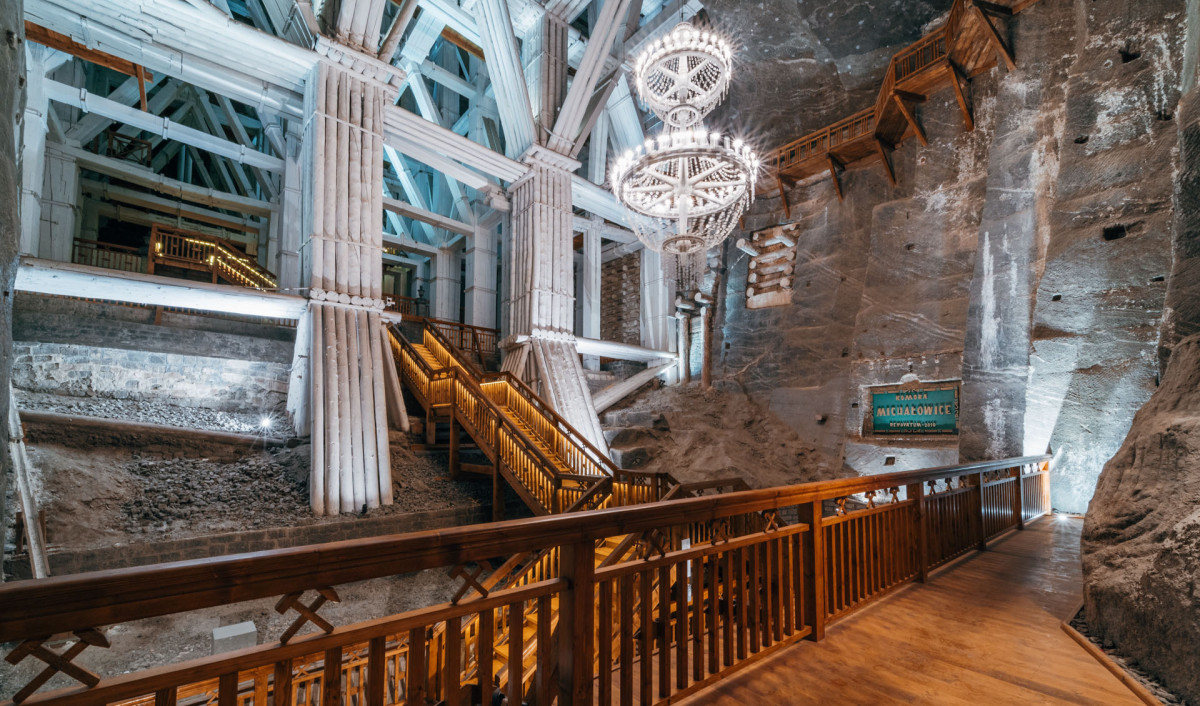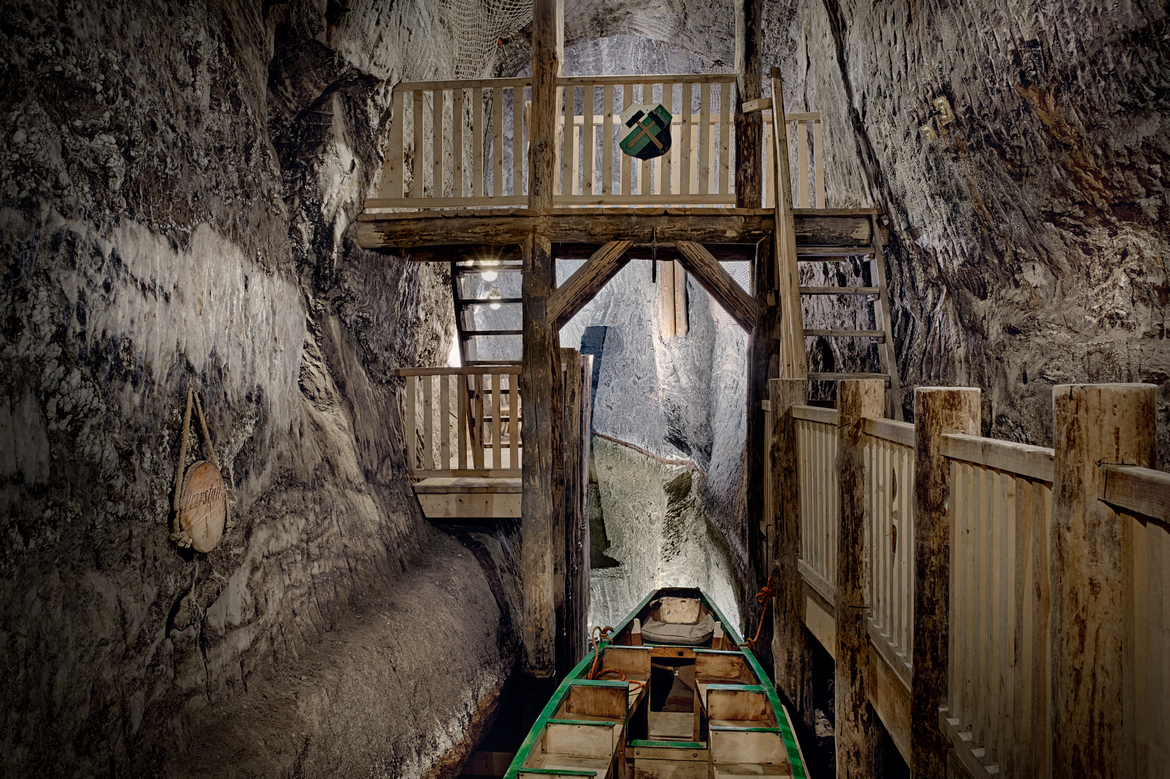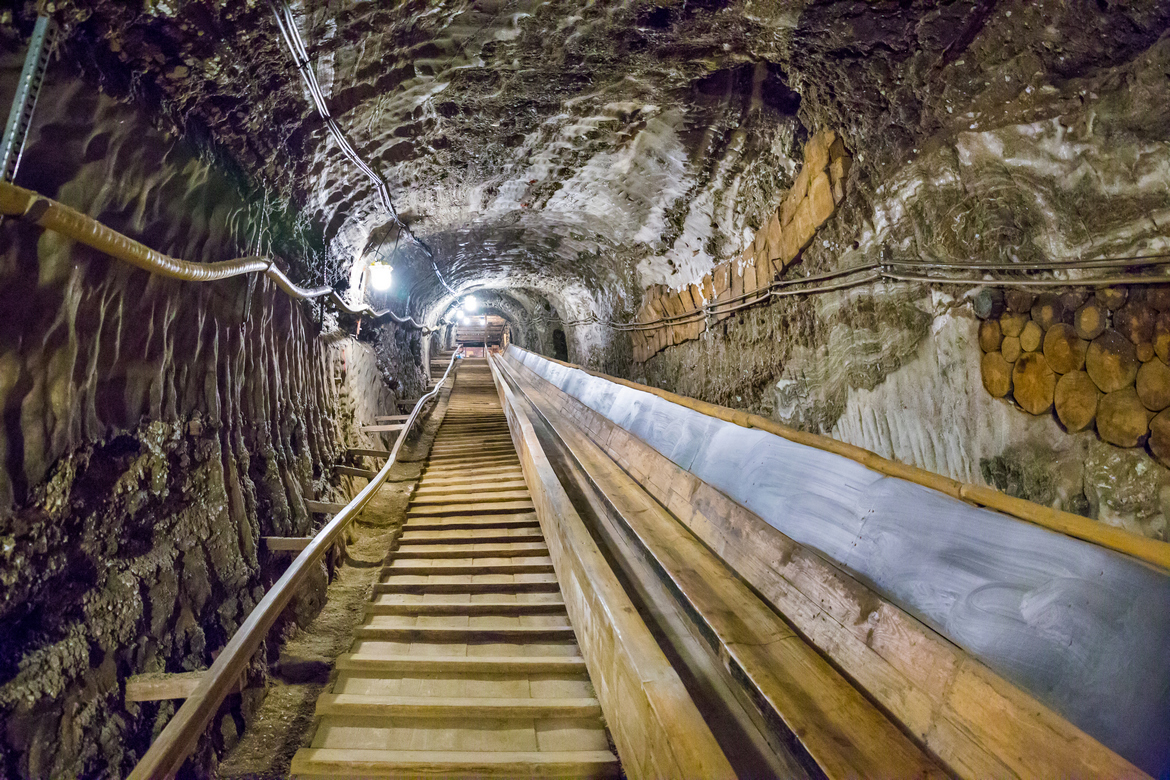Wieliczka and Bochnia Royal Salt Mines
Together with the neighboring Bochnia it is one of the oldest salt mines in the world. These are also one of the oldest running companies. Let us take a walk through some of the 20 large chambers of the three-kilometer-long sightseeing route.
Already during the 2nd UNESCO Conference on the List of World Heritage the Polish “Wieliczka” Salt Mine was entered into UNESCO’s First World List of Cultural and Natural Heritage. Together with the neighboring Bochnia it is one of the oldest salt mines in the world. These are also one of the oldest running companies in the world.
Since a very long time ago, thanks to the process of evaporation, salt was obtained from naturally occurring brine springs. At some point the springs dried out and that was when “the Borlach rule” came into effect. Formulated by the advisor on mining issues of the Elector of Saxony, engineer Johannes Borlach, the rule stated:
„Where brine springs lay, one can expect salt layers, which are the cause of the saltiness of the springs. Water flew through these layers and absorbed the salt before springing out to the earth’s surface.”
Hungarian coal miners brought to Poland in 1251 by the Hungarian Princess and Queen of Poland Kinga of the Arpads reached the first halite layers underground.
Let us take a walk through some of the 20 large chambers of the three-kilometer-long sightseeing route. The chambers accessible to visitors include a 3.5-kilometers section located from 64 to 135 meters below ground level and the last reaches out to the depth of 327 meters. The mine can be entered through the Daniłowicz Shaft, from the large Daniłowicz Street of course. The oldest localized part of the mine is the Goryszowski Shaft from the second half of the 13th century. Is has been running continuously since the Middle Ages and is still used today.





When the route starts the visitors are stunned by St. Antoine’s Chapel. The first mass was read here in 1698. In the Janowice Chamber a group of figures sculpted in salt illustrate the legend of the Ring of St. Kinga of Poland which was found in the first lump of salt. In the Burned Chamber (Komora Spalona), dangerous work involving methane burning is depicted. An interesting chamber is the towering Pieskowa Skała Chamber, forged around 1669. It combines level I – at 64 meters – with level II – at 90 meters. The remainings of old stairs used by the porters can still be seen here. The largest underground church is the Chapel of St. Kinga of Poland situated 101 meters below ground level. Its dimensions are: length around 54 m, width around 18 m and height around 12 m. The relics of Queen Kinga are found here. Apart from religious celebrations, classical music concerts are organised in this chamber as well.
Both mines also offer sleepovers deep down the surface, which are quite an adventure both for adults and kids!
When entering the Erazm Barącz Chamber the monument of Johann Wolfgang von Goethe “welcomes” tourists. The poet visited the mines of Wieliczka in 1790. The grounds of this chamber were filled with brine to form a small lake. On its shore we can see the sculpture of the Treasurer – the good spirit of the mine. In 1997 in the Teodora Wessel Chamber, on level III (-135 meters), an Underground Rehabilitation and Cure Centre was established. The Michałowice and Drozdowice Chambers are each 35 meters high and are equipped with the most interesting collapse protection constructions. The highest chamber accessible to visitors is the Stanisław Staszic Chamber. The distance between the ceiling and the pavement reaches 50 meters. In the Warsaw Chamber, (level III, length 54 m width 17 m, height 9 m, 135 meters below ground level) coal miners’ celebrations, competitions and sports events as well as concerts and exclusive New Year’s Balls take place.
The walking trail is completed with the Cracow Salt-Works Museum situated on the 3rd level. The collection is exhibited in 14 chambers.
99 percent of the galleries are not accessible for ordinary tourists. The total length of the passages linking about 3000 cavities (passages, ramps, excavation chambers, shafts and small shafts) exceeds 300 km.

